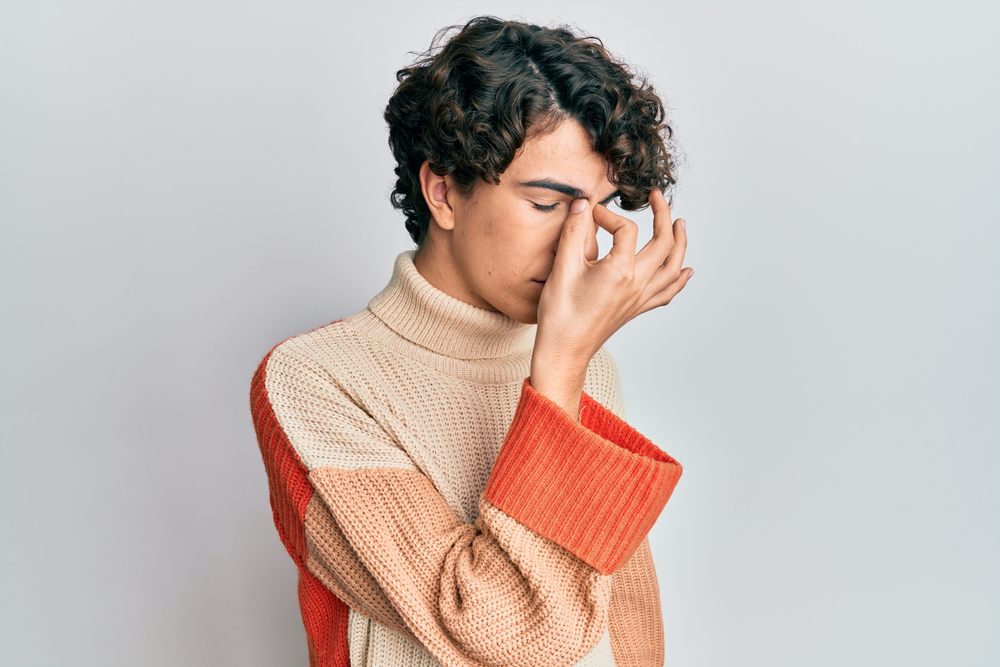
Eye allergies can occur at any time of the year, including in the Fall. The effects can be irritating, uncomfortable, and debilitating. Fortunately, there are things that you can do to manage them.
What Causes Eye Allergies?
Not everyone experiences eye allergies all year round. This is because different people are sensitive to different allergens, and these can vary during the course of the year. In the Fall, most allergies are caused by:
Ragweed. Ragweed is the biggest allergy trigger in the Fall and can travel hundreds of miles in the wind, meaning you don’t even need to be near it to experience allergy symptoms.
Mold spores. Mold spores don’t only form inside homes, but also in wet spots outside, such as in piles of fallen leaves or branches.
Dust mites. Although dust mites are also common during the Summer, turning on your heat in the Fall can cause dust to be released into the air, triggering allergies to begin again.
Symptoms of Fall Eye Allergies
Symptoms of Fall eye allergies aren’t dissimilar to those experienced at other times of the year and include:
A runny nose
Watering eyes
Sneezing
Coughing
Wheezing
Itchy, irritated eyes and nose
Dark circles under the eyes
If you experience any of these, it could be more than just a regular cold and you should speak to your eye doctor in Wichita Falls, TX about the likelihood of Fall eye allergies or dry eye symptoms.
Tips for Managing Eye Allergies
Fortunately, there are plenty of things that you can do to keep your Fall eye allergies under control. Here are our top tips for managing them this season and in the future.
Avoid Triggers. Preventing eye allergies is easier than treating them, so it’s advisable to avoid the allergens that trigger your symptoms if you can. For example, you can vacuum thoroughly regularly to prevent a build-up of dust, or wear glasses or sunglasses to help protect your eyes from mold spores or ragweed. Keep windows closed, especially on breezy days, before you turn your heating on for the first time, and clean your heating vents and change the filters to minimize dust entering the air.
Use a Humidifier. Patients with allergies report that using a humidifier can significantly improve their Fall eye allergy symptoms. Experts recommend that you keep your air at between 35-50% humidity for the best outcomes for your allergies.
Take Medications. There are a number of medications that can help with Fall eye allergies, including steroid nasal sprays, decongestants, and antihistamines. These work by reducing inflammation in your airways which could be causing your eyes to water. Antihistamines counteract the allergy response, help to reduce symptoms, and may be available as eye drops, nose sprays, and oral medication.
Use Artificial Tears. Eye allergies occur when microscopic allergens enter the eye. Fortunately, artificial tears can help to reduce their effects by flushing them from the surface of the eyes and the conjunctiva (the pink lining of the eye), limiting their effects.
For more advice on managing eye allergies in the Fall, call Clarke EyeCare Center in Wichita Falls, Texas at (940) 905-0700 to schedule an appointment today!









